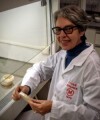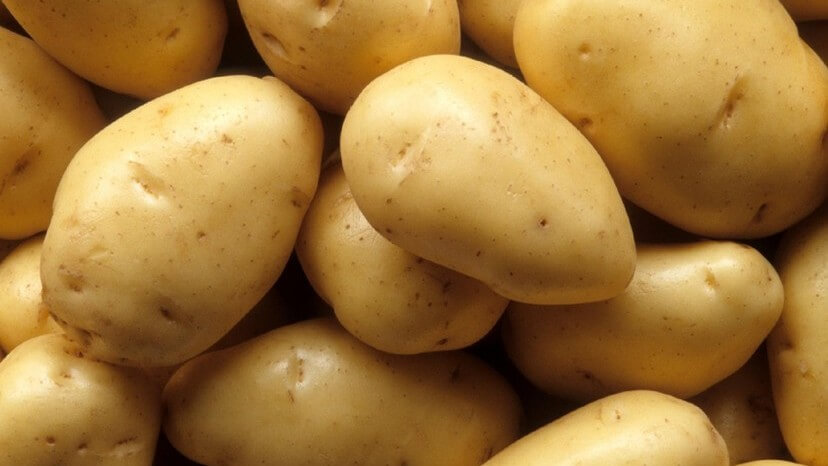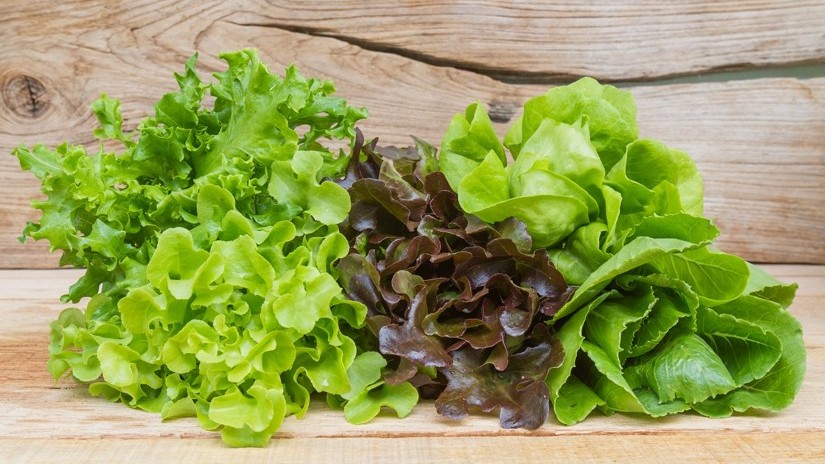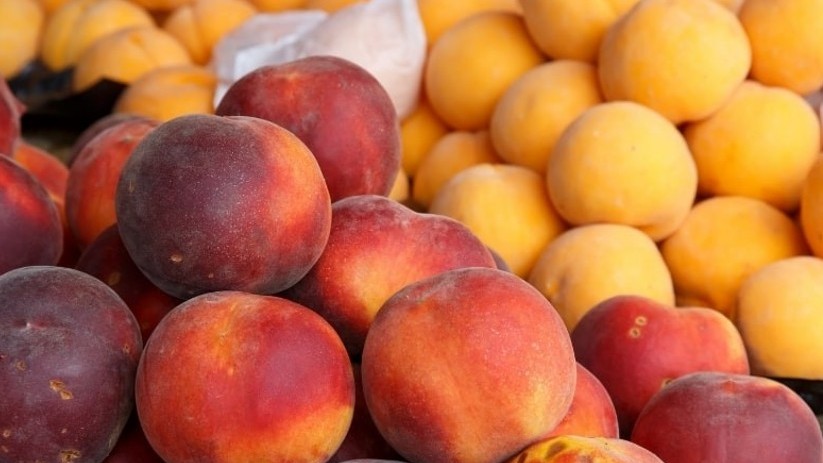News
GABA Protects Tomatoes Against Gray Mold
GABA (Gamma-AminoButyric Acid) primes defense responses against Botrytis cinerea in tomatoes by modulating the signaling pathways of ethylene and jasmonic acid synthesis

Decomposition caused by fungi is the primary cause of postharvest loss in fruits and vegetables. Botrytis cinerea (Ascomycota), one of the most common necrotic fungi in these products, has garnered significant scientific attention due to the economic losses it causes.
Currently, synthetic chemical fungicides are the main strategy for controlling fungal diseases in fruits and vegetables. However, issues arising from these substances, including food safety concerns, environmental pollution, and the emergence of resistant strains, are becoming more prominent.
Induced Resistance
Research has shown that plant-induced resistance is a defense mechanism that can be enhanced by the application of biotic or abiotic elicitors that trigger cellular responses to resist pathogen intrusion.
Current studies have found that exogenous applications of various natural or synthetic inducers, such as 2,6-dichloroisonicotinic acid, methyl jasmonate, and β-aminobutyric acid, can induce responses against pathogens.
The Role of GABA
In addition to these well-studied compounds, γ-aminobutyric acid (GABA) has gained significant attention in recent years due to its potential for inducing plant resistance.
GABA, a non-proteinogenic amino acid, is a signaling molecule involved in plant resistance induction. Moreover, it can alleviate oxidative damage, enhance plant resistance by maintaining tricarboxylic acid cycle activity, and partially restore respiratory disorders caused by pathogens.
GABA-induced plant resistance may also be related to the regulation of plant hormones such as nitric oxide, abscisic acid, and ethylene, which can adjust metabolic homeostasis by affecting the activation of stress factors, including transcription elements, microRNAs (miRNA), and heat shock proteins.
Induction of Resistance to Botrytis cinerea
Recent studies have revealed that exogenous GABA at a concentration of 10 mM efficiently induces resistance to B. cinerea through a defense priming response, effectively inhibiting infection incidence in tomato fruit.
These responses include increases in the accumulation of phenolic compounds and total flavonoids, as well as the activities of chitinase, β-1,3-glucanase, phenylalanine ammonia-lyase, polyphenol oxidase, and the regulated expression of pathogenesis-related genes (SlPR1, SlPR2a, SlPR2b, SlPR3a, SlPR3b, and SlPR-STH2).
Inhibition of Gene Expression and Other GABA Action Mechanisms
Furthermore, GABA has been shown to inhibit the expression of key ethylene synthesis genes (SlACS2, SlACS4, and SlACO1) by reducing the accumulation of a fundamental metabolic intermediate, 1-aminocyclopropane-1-carboxylic acid.
Additionally, GABA pre-treatment significantly enhances jasmonic acid content by activating the transcription of biosynthetic genes such as SlLoxD, SlAOC, and SlOPR3.
* miRNA = microRNA; small non-coding RNA molecules, typically 21 to 25 nucleotides long, primarily acting as post-transcriptional silencers by pairing with specific mRNA and regulating their stability and translation.
Sources
Li, M.; Zhang, X.; Li, J.; Ali, M.; Wang, Y.; Liu, X.; Li, F.; Li, X. (2024). GABA primes defense responses against Botrytis cinerea in tomato fruit by modulating ethylene and JA signaling pathways. Postharvest Biology and Technology, 208: 112665.
Li, C.; Zhu, J.; Sun, L.; Cheng, Y.; Hou, J.; Fan, Y.; Ge, Y. (2021). Exogenous γ-aminobutyric acid maintains fruit quality of apples through regulation of ethylene anabolism and polyamine metabolism. Plant Physiology and Biochemistry, 169: 92-101.
Image: Link to Image Accessed on 31/01/202.













